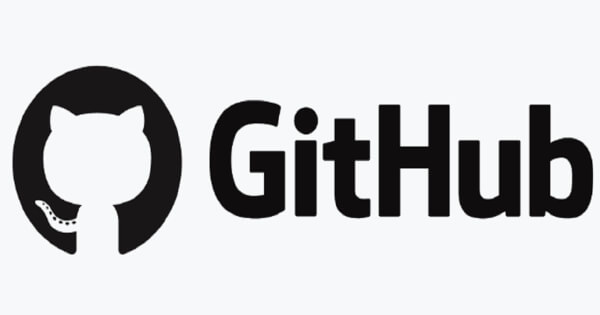Creating a GitHub repository is an important first step for anyone who wants to use Git to manage their projects. According to the GitHub blog, the third article in the ‘GitHub for Beginners’ series provides a comprehensive guide on how to create and manage your first repository.
What is a repository?
Repositories (repos) are the building blocks of GitHub and Git. This is a space where project files are stored for version management and collaboration. Think of it as a project folder that tracks changes, stores history, and allows multiple people to work together seamlessly.
How to create a repository
After creating an account on GitHub, go to your dashboard and click the green “Create Repository” button. This will take you to a page where you can enter a repository name, select an owner, add a description, and make the project public or private. You can also initialize your project using a README file, which provides essential information about the project, including its purpose, usage instructions, and details about contributors.
What is a Readme?
The README file serves as an introductory guide for visitors, helping them understand and utilize the project effectively. It contains essential information about the project, including its purpose, usage instructions, and how to get started. Please visit the GitHub documentation for detailed instructions in the README file.
Select License
A license tells others what they can and cannot do with your source code. For example, the MIT License is a permissive license that allows anyone to use the code as they wish. Choosing the right license is important to set the terms under which others can use, modify, and share your project. For more information about licensing, visit choosealicense.com.
repository fork
Forking creates a copy of an existing repository so you can work on it and modify it independently. This is especially useful if you want to contribute to open source projects. Check out the GitHub documentation for the fork for more details.
What is .gitignore?
The .gitignore file is used to tell Git which files or directories to ignore in your project. This is useful for excluding files that are not required for the operation of your project, such as temporary files or files containing sensitive information. At gitignore.io, you can generate .gitignore files according to your project requirements.
Key features of GitHub repositories
GitHub repositories come with a variety of features to improve collaboration and project management, including:
- problem: Track bugs or tasks.
- project: Organize tasks on Kanban-style boards.
- Pull request: Merge changes from another branch or fork.
- Wiki: Write detailed documentation.
Repository settings
In repository settings, you can manage collaborators, set up tasks for continuous integration or deployment, and configure security settings and access controls. You can also enable and disable storage features here.
Next steps with GitHub repositories
Once you’ve completed setting up your first repository, you’re ready to explore its features and start collaborating on projects. If you have questions, please visit our GitHub community thread.
For more resources, check out the GitHub blog for related posts like Top 12 Git Commands Every Developer Should Know and What is Git? A beginner’s guide to version control.
Image source: Shutterstock

